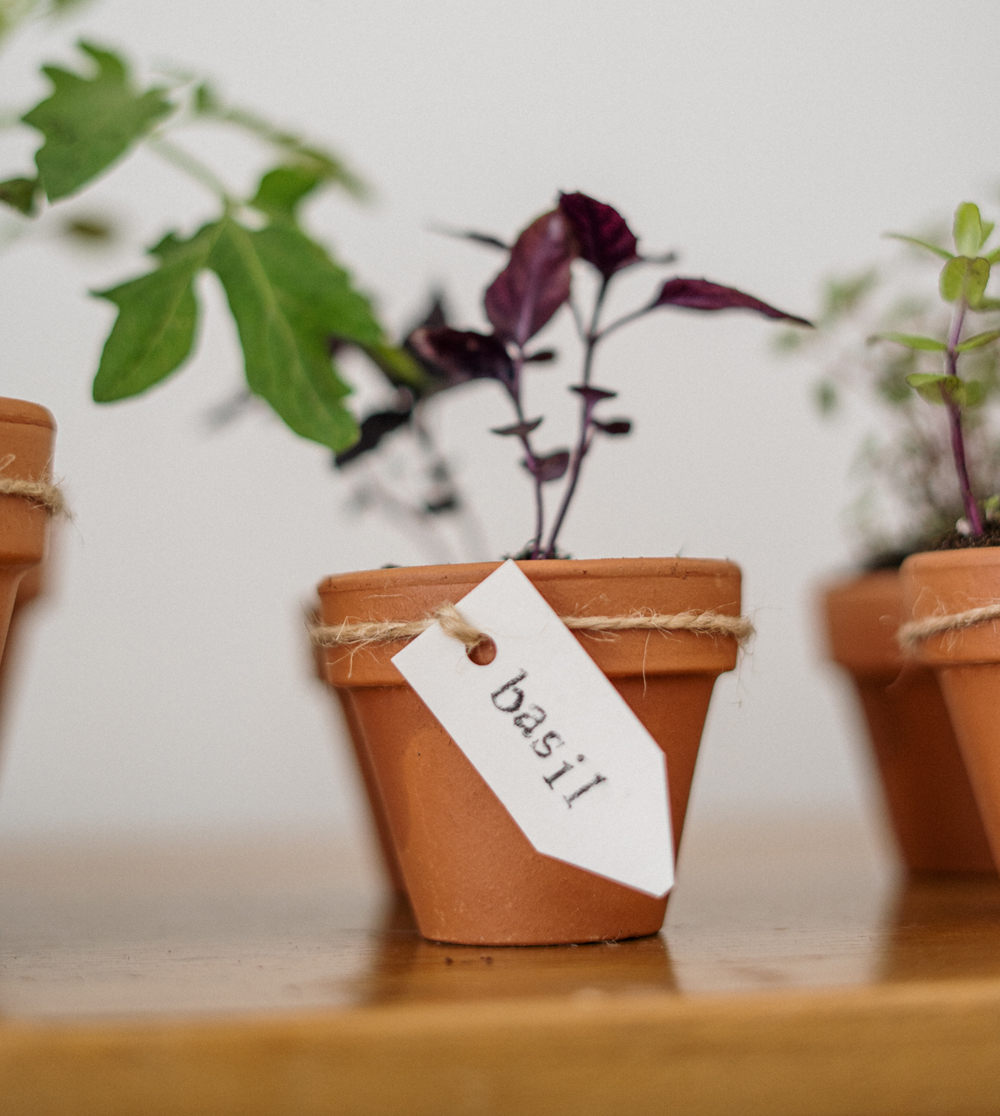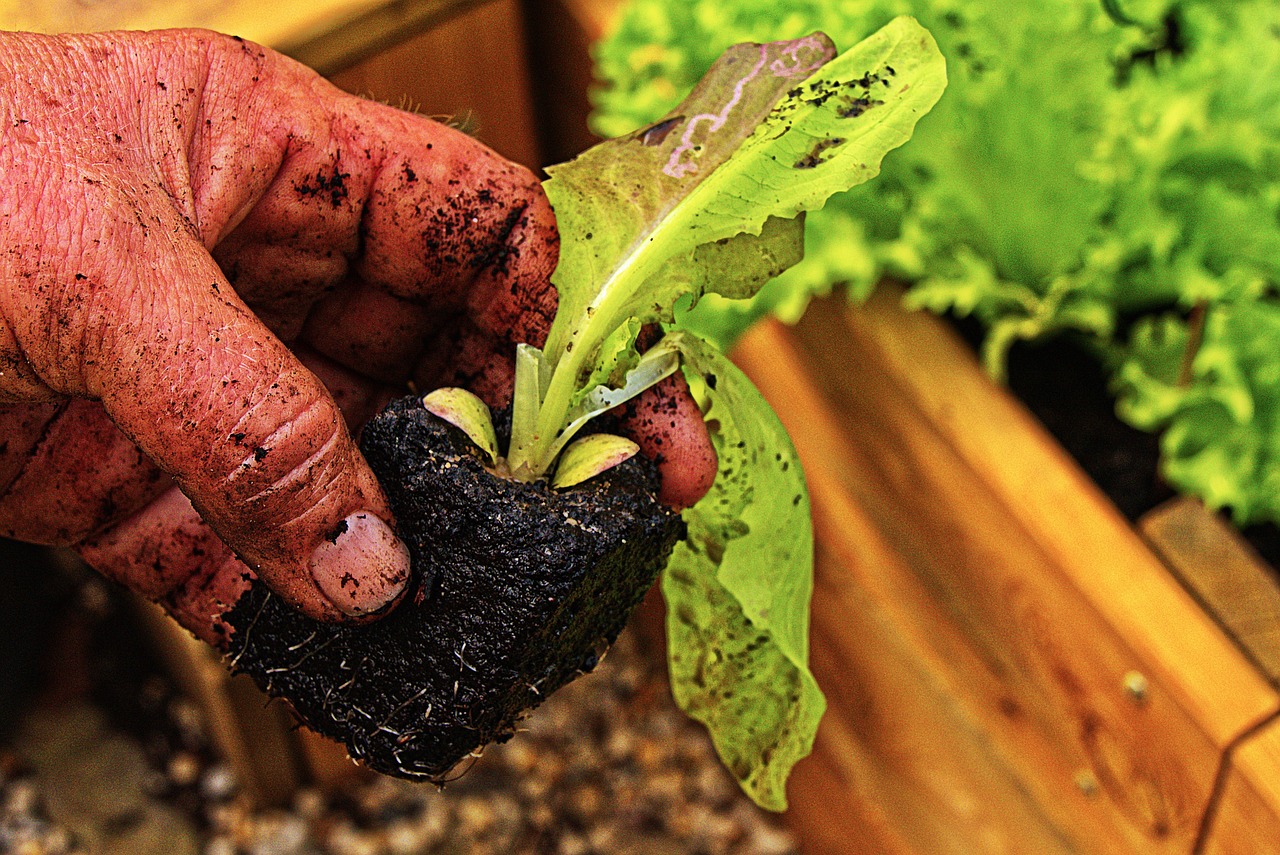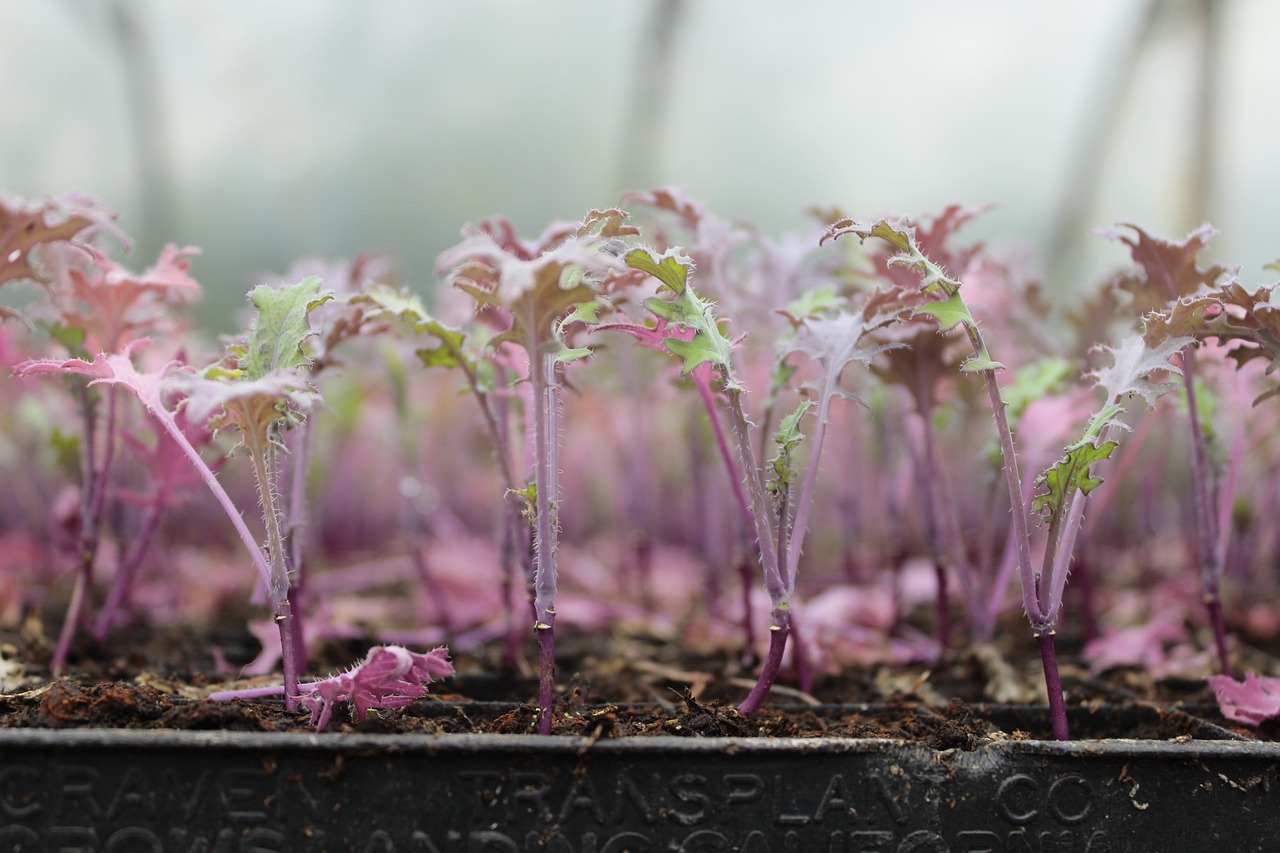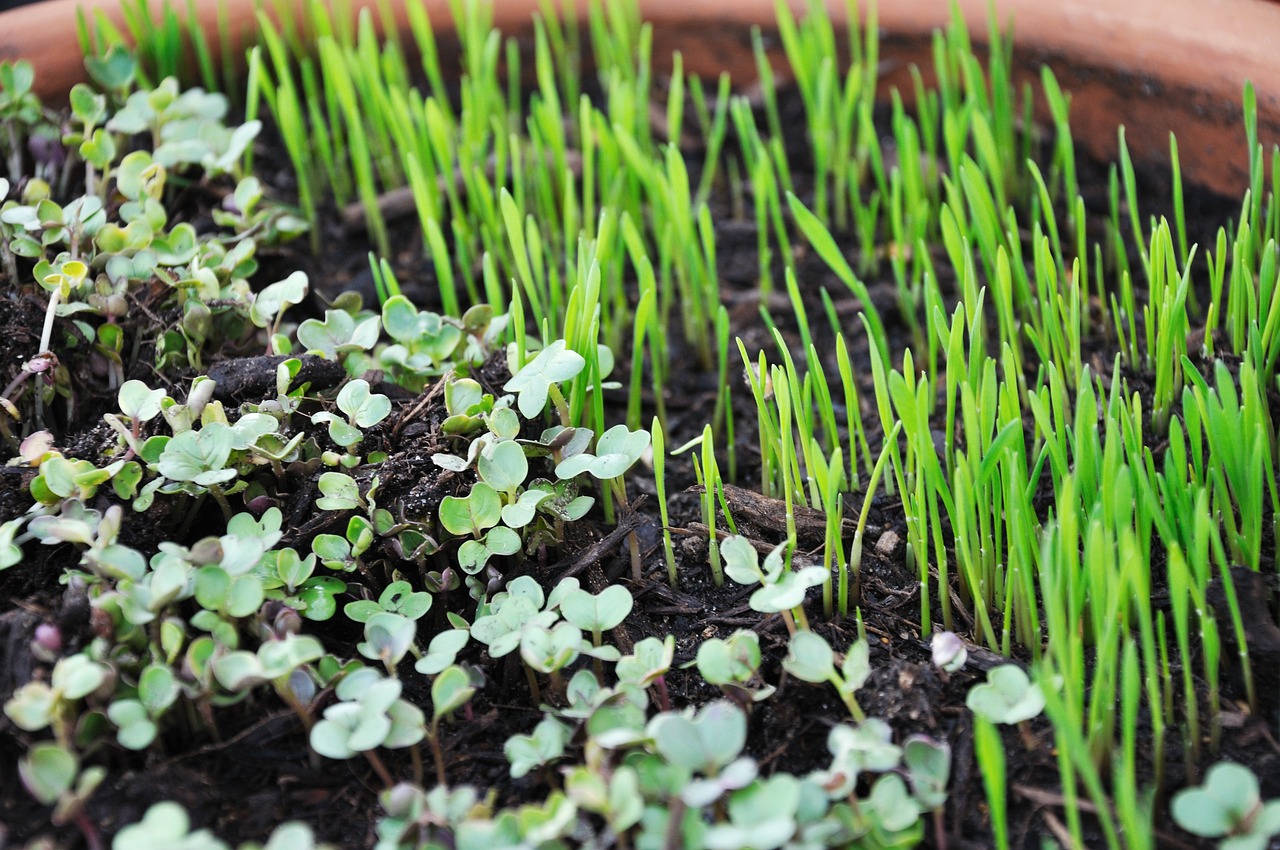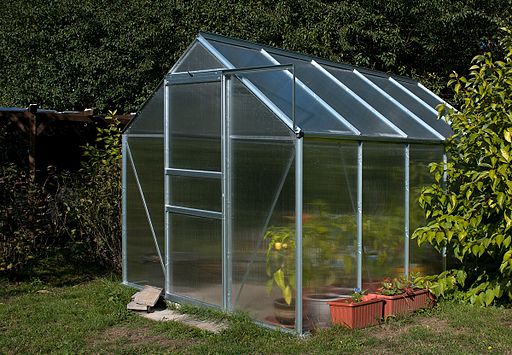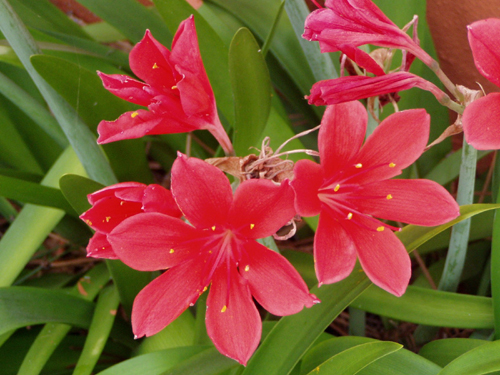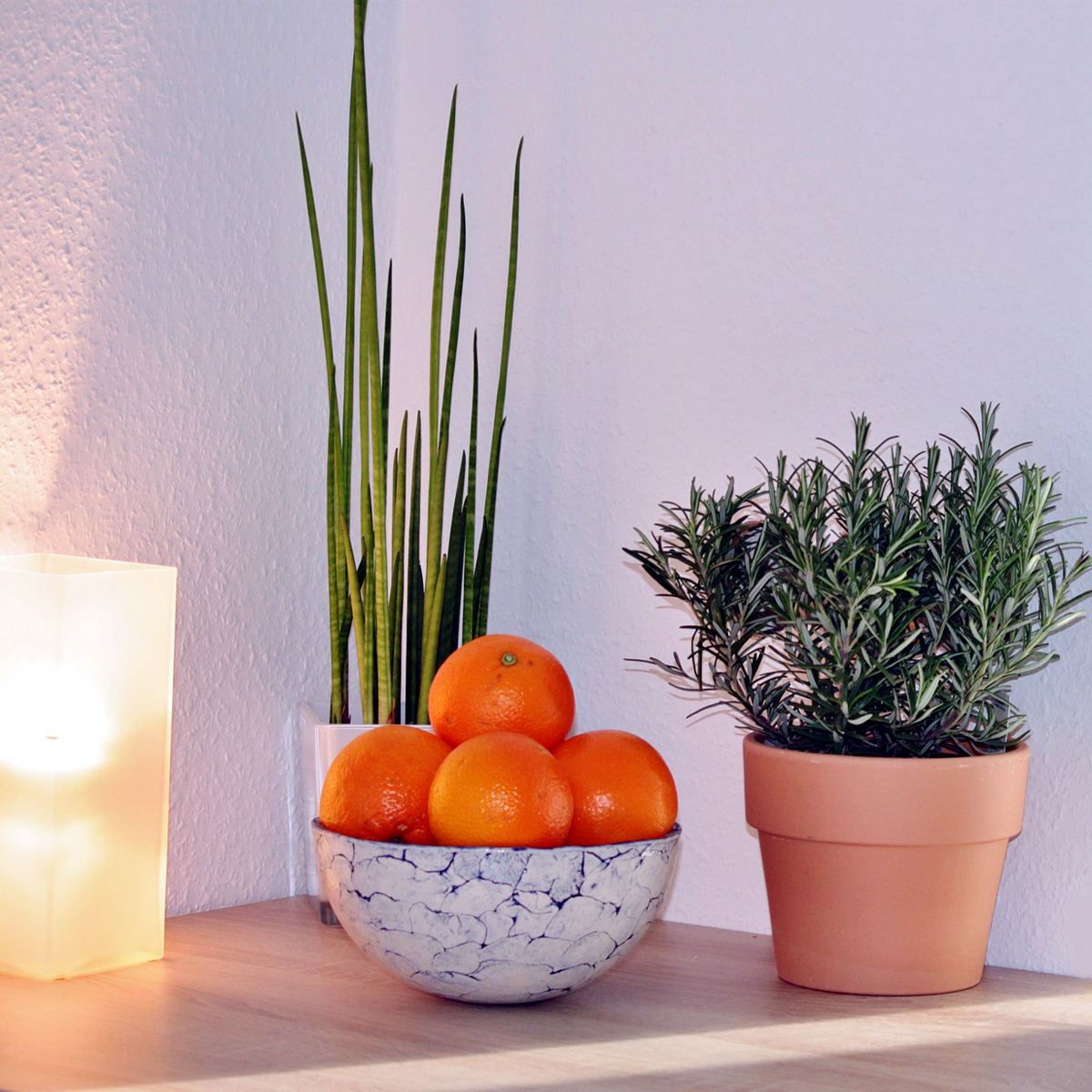Greenhouse Whitefly
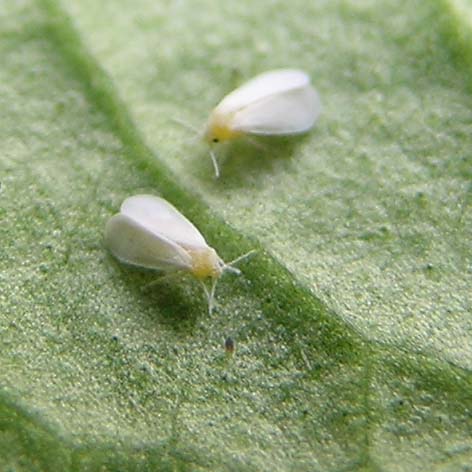
The warmer weather brings much more than fair weather gardeners out into the garden and greenhouse. It’s the perfect conditions for pests to thrive and multiply.
Indoors and out our plants are under constant threat by a number of sap sucking bugs. Whitefly are a common pest, but those that affect outdoor crops such as cabbages, rhododendrons and even viburnum are not the same species as those annoying clouds of ghostly flies that waft around the greenhouse.
Both are called white-flies but they are specific to their host plants and have different modes of control.
In The Garden
The most commonly affected plants outdoors are leafy members of the cabbage family such as cabbage, kale, sprouts and broccoli. Heavy infestations can be controlled with a suitable insecticide that is approved for use on edible plants. Give your plants a helping hand and keep them in good health. Avoid overfeeding them with high nitrogen fertilizers that will encourage soft and sappy growth, which is far more susceptible to pest attack. Young cabbage plants can also be covered with horticultural fleece to keep flying insects at bay. This will provide a protected environment as the plants develop.
Under Glass
Glasshouse whitefly poses a different problem. Over the years this pest has evolved to develop resistance to many chemical controls.
Tomatoes and cucumbers are a favorite delicacy of the greenhouse whitefly (Trialeurodes vaporariorum) but they also attack many other greenhouse plants including Gerbera, fuchsias, pelargoniums and begonias. The whitefly lay their eggs in batches on the underside of plant leaves and these hatch into larvae a week later. These then develop into immobile scale-like nymphs that suck plant sap, until they become adult whitefly.
Control greenhouse whitefly with an integrated approach. First identify whitefly as the pest that is present. Hang yellow sticky traps at the growing tips of your plants to catch passing bugs, these will give a clear indication of what flying pests are present. Act as soon as they are seen. If you plan to use biological control then take the traps down when you introduce your control method as the traps may catch your beneficial insects.
Make a decision whether you intend to use chemical control or biological control, this is important, as the former will destroy the latter.
If you go the biological control route then there are two main bug busters that you can use: Encarsia wasps lay their eggs in the whitefly scales and delphastus beetles eat all stages of the whitefly.
Encarsia are the best choice when the whitefly population is first developing and should be introduced at the very first sign of whitefly. Delphastus beetles need large populations of whitefly to survive and also need to be contained within the greenhouse with window netting screens.
Greenhouse whitefly can be deterred using Tagetes (marigold) plants. Grow these in close proximity to your tomatoes and cucumbers to reduce pest infestations.
The Author
growhouse-greenhouses.co.uk

